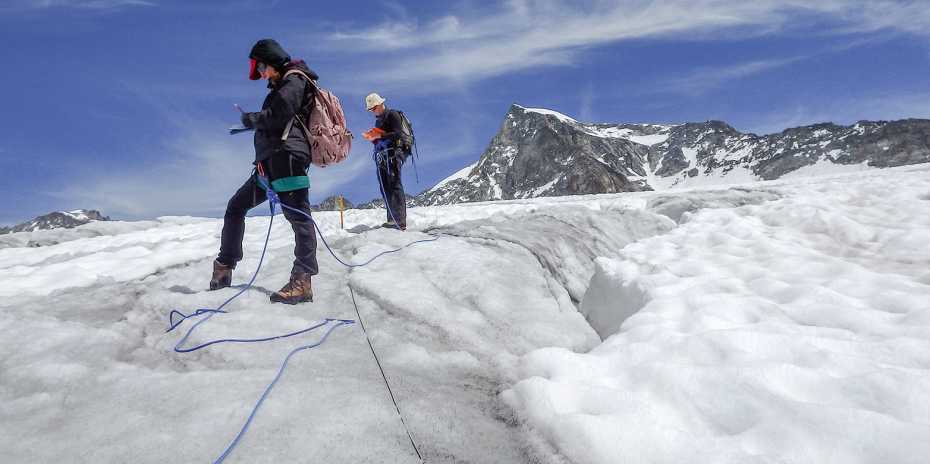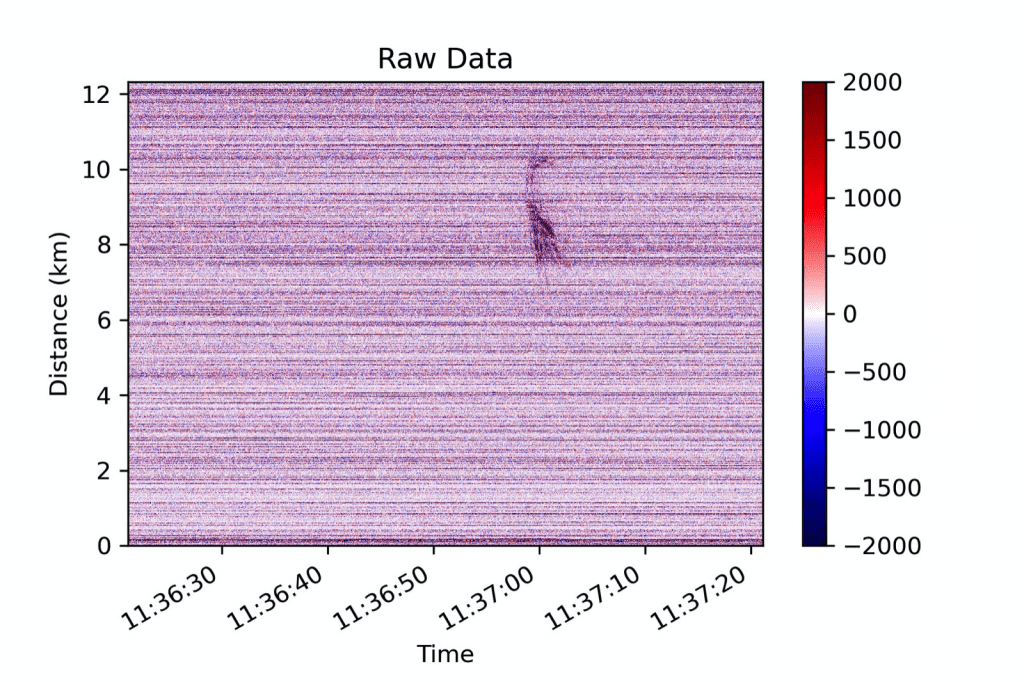A team from ETH Zurich and the Icelandic Meteorological Office embarked on a seemingly bizarre mission. They deployed some 13 km (8 miles) of fiber optic cable on an active volcano in Iceland. The goal wasn’t to bring faster internet to the mountain trolls, but rather to see if the cables could sense slight tremors in the volcano — an indication that an eruption may be impending.

The first earthquake detector was invented some 2,000 years ago, and while things have come a long way, the underlying principle is more or less the same: a ground tremor is passed through to a detector that records the movement (and its intensity) and then translates it into a readable measure. Early seismometers were analog, but in more recent times, they all use some form of digital recording.
But things have not stayed still in the world of seismology. In recent years, for instance, a new idea emerged among some researchers: what if we could use something else, something that wasn’t designed for earthquakes, to sense this movement? Something like, for instance, fiber optic cables.
The idea is not without precedent. Operators of critical infrastructure have long used these cables to monitor their facilities, and researchers thought they could use the same for earthquake study.
“The idea of using optical fibres for multiple purposes is nothing new,” says Andreas Fichtner, a professor of geophysics in the Department of Earth Sciences at ETH Zurich. Together with Fabian Walter, a professor at the Laboratory of Hydraulics, Hydrology and Glaciology (VAW), he wants to use this technology to monitor and study glacial earthquakes. “I’m particularly interested in tiny earthquakes that originate in the glacier bed.”
The key to this approach is the cable itself. The way fiber optic cables work, pulses of light of a specific wavelength are directed through the cable continuously from one end of the cable to the other. If the cable is moved or shaken, this will change how the pulses come back to the receiver.
By analyzing the interference in the returning signals, researchers can calculate when and where the earthquakes happen, and how strong they are — and the quantity of data that can be accessed this way is enormous. “You’re basically replacing thousands of seismometers with a single cable,” says Fichtner.

The problem is that despite this large volume of data, it is not exactly high-quality data we’re talking about. The cable is less sensitive than a modern seismometer, but researchers hope they can compensate for this with the sheer volume of measured points. But it won’t be easy.
“Analysing it will be a tremendous job,” Fichtner tells ETH with a smile. “We will have to come up with methods to cope with the sheer quantity of data.” The researchers expect that the first measurement campaign will produce around 20 terabytes of raw data.
But the method is promising. For their worksite, researchers chose the Grimsvoetn volcano in Iceland — an active volcano. The idea is that glacial temblors can help researchers estimate when a volcanic eruption may be coming. But this isn’t their first rodeo. A study published by the same authors on a previous test site, on the Rhône Glacier in the Swiss Alps, is already challenging some of the existing theories in the field.
The study found that the glacial quakes occur in clusters, especially at the boundary between the ice and the underlying rock. This would imply that the glacier isn’t sliding smoothly (which would produce a different type of earthquake), but rather moves forward in a jerky motion.
“That’s not what you would expect based on current theories,” explains Walter. “Glaciologists assumed that glaciers could slide because the glacier bed was well lubricated with meltwater.” Some of the mini quakes in the Rhône Glacier occur as often as once a second, and are relatively small.
“My new hypothesis is that the sliding motion of glaciers is comparable to that of tectonic plates,” adds Walter. Most of the quakes measured in the Rhône Glacier have a magnitude of −1 to −2. “That’s roughly equivalent to ice cracking when you skate on a frozen lake,” he says. “It’s not something that you can feel like a real earthquake.”

The approach could be used to boost earthquake preparedness, since the infrastructure is relatively cheap — and researchers could even piggyback on existing infrastructure. But Fichtner hopes to use this for more than just measuring earthquakes.
Most of what we know about our planet’s deep geology, we know from earthquakes. When seismic waves propagate through the subsurface, they pass through different environments differently, and by picking up this information, researchers can make deductions about the subsurface. Fichtner envisions one day using the fiber-optic networks in big cities to study the geological subsurface. This approach could be doubly useful, as it could identify areas prone to failure, like faults or subsurface voids. He’s already set a test environment in the city of Bern, Switzerland, and would like to see similar setups in other cities.
“The fiber geometry was very simple – that’s one reason why Bern was the ideal test site,” Fichtner reflects.
It’s remarkable to think that infrastructure designed for something completely different could prove useful in so many different ways. Fiber optic cables are already starting to offer a relatively inexpensive way of measuring even the tiniest earthquakes. Soon enough, we may have cheap and capable seismic networks beneath our very feet — in the form of cables.






